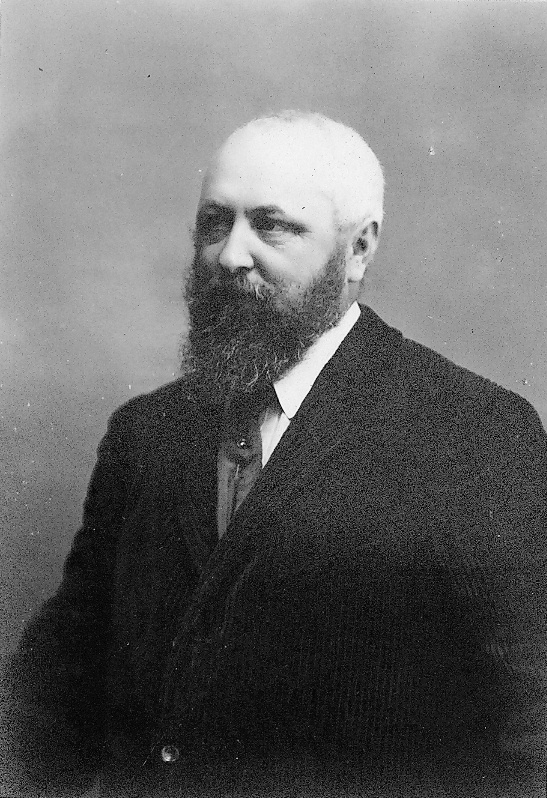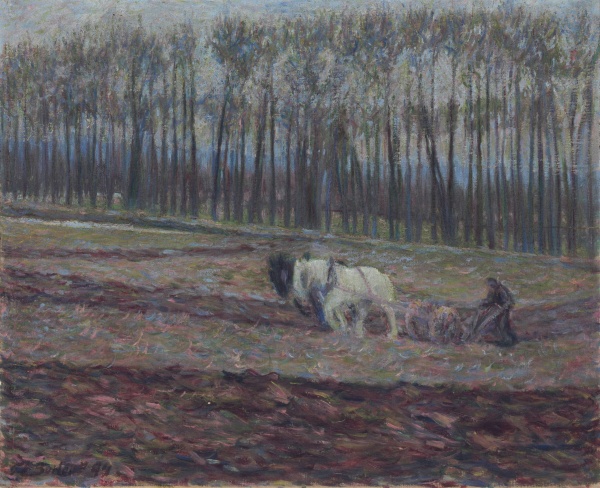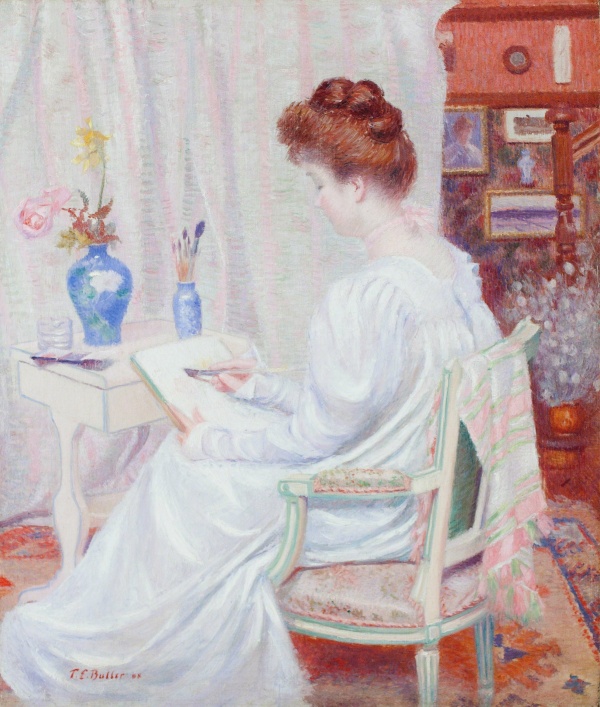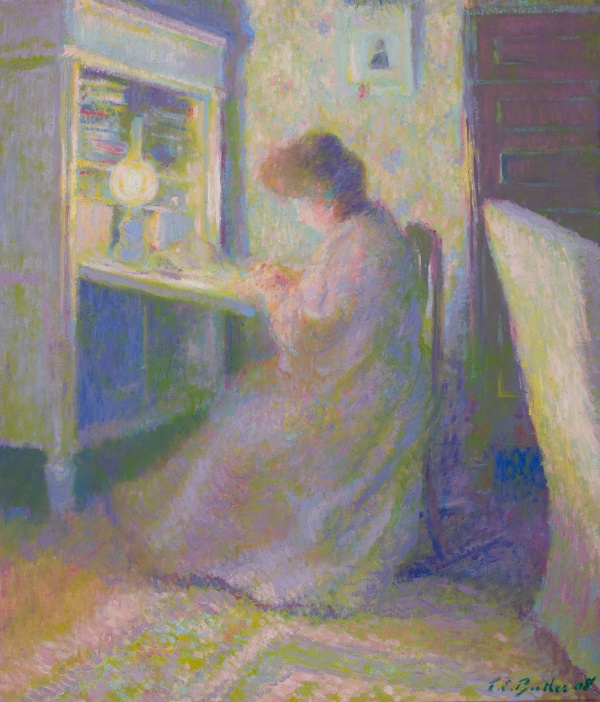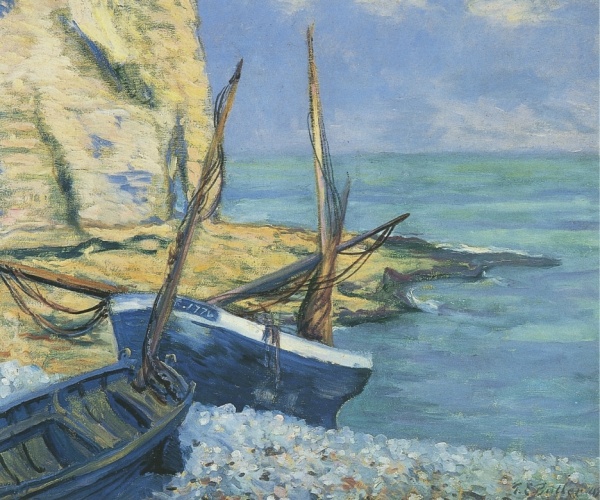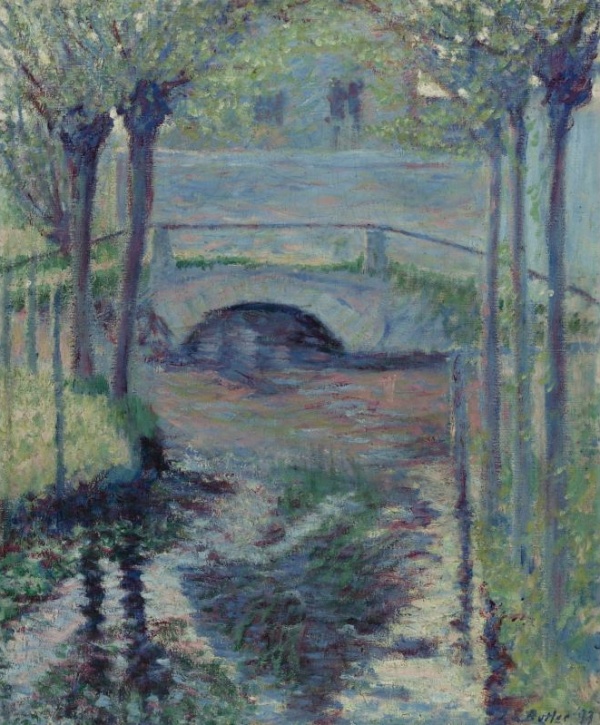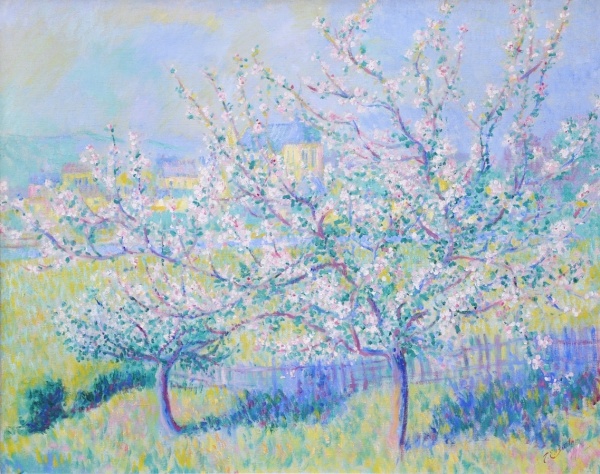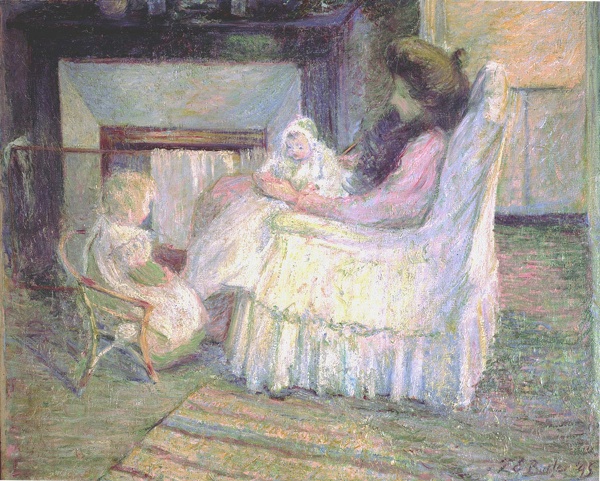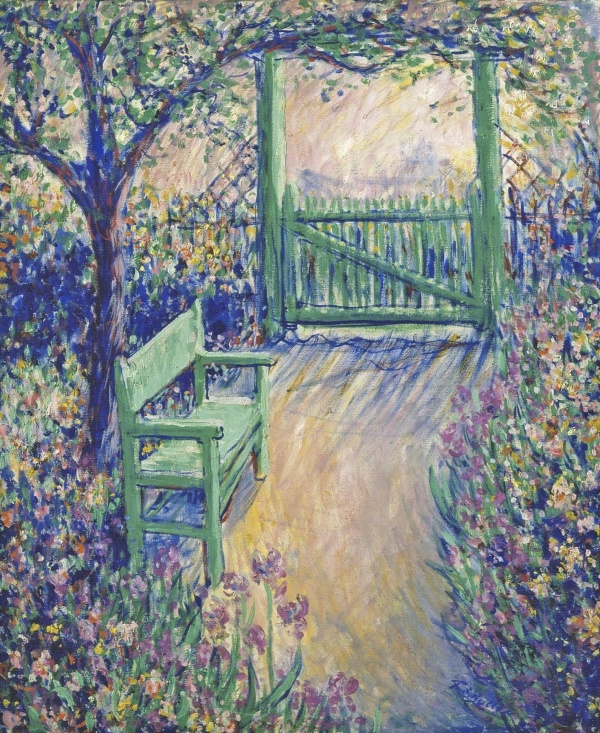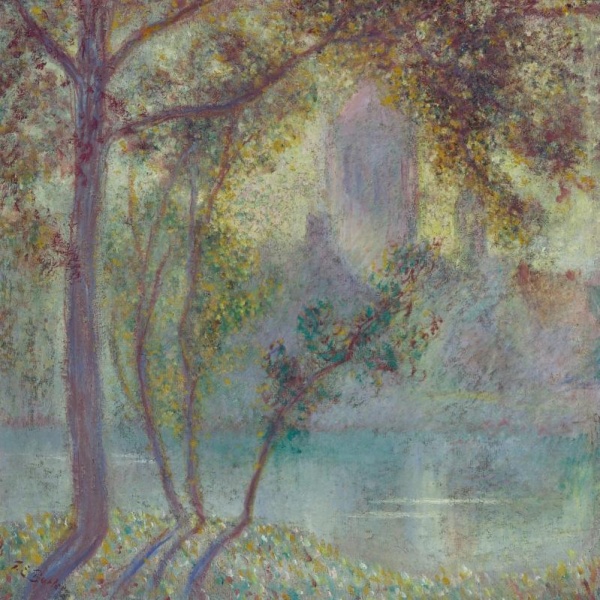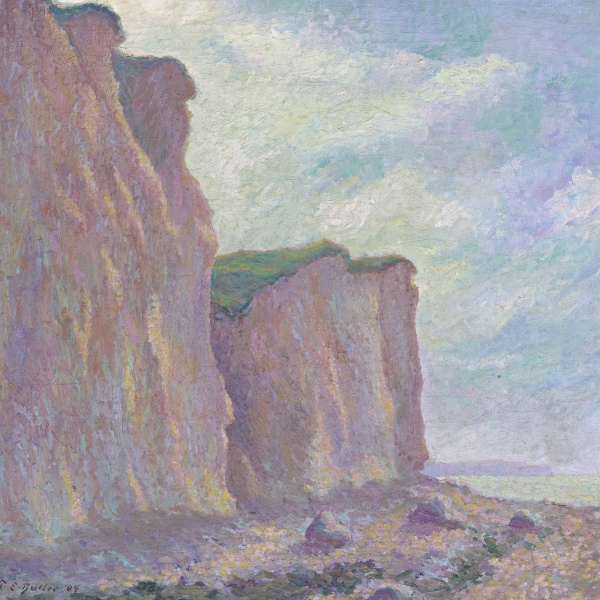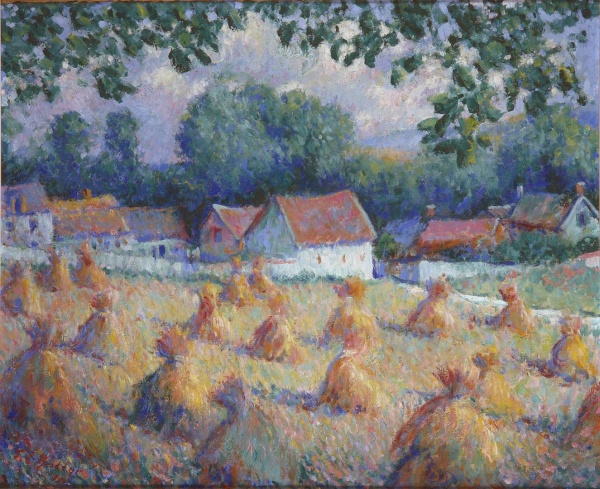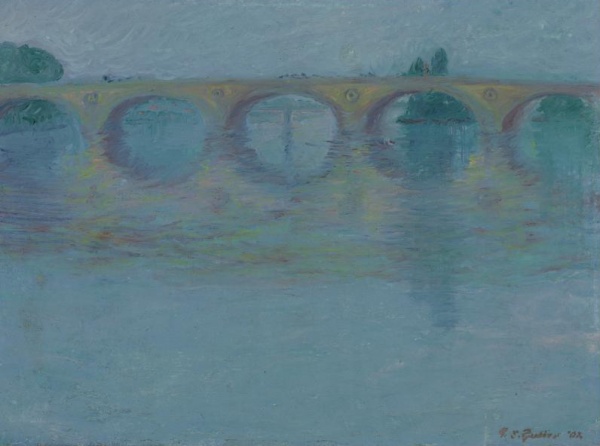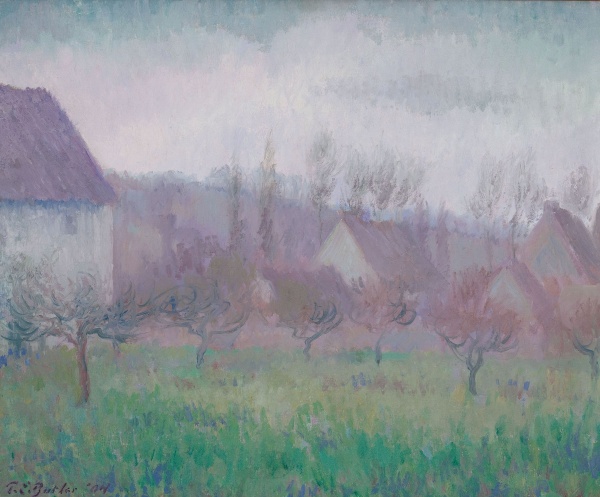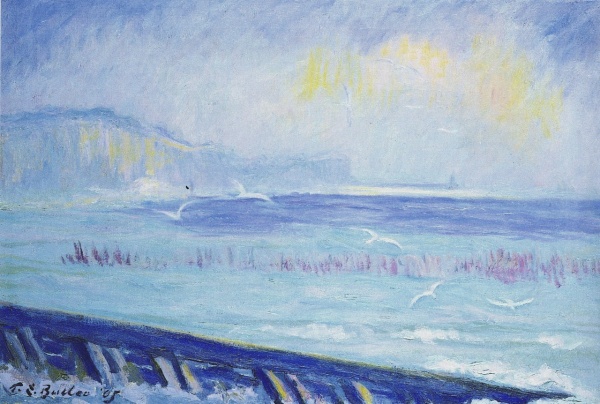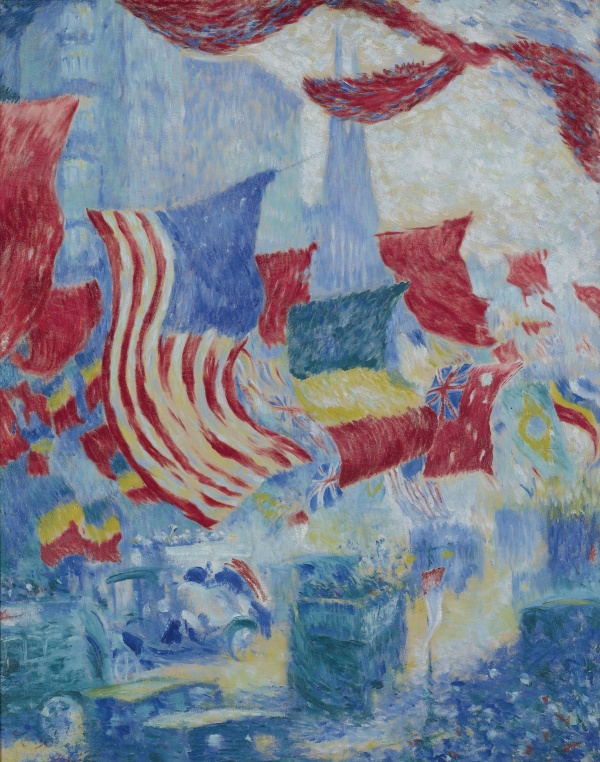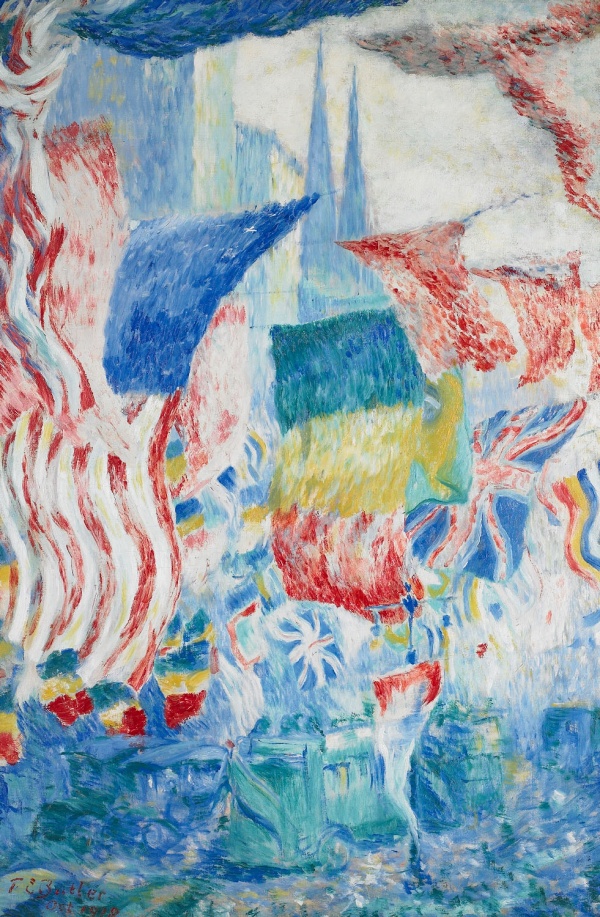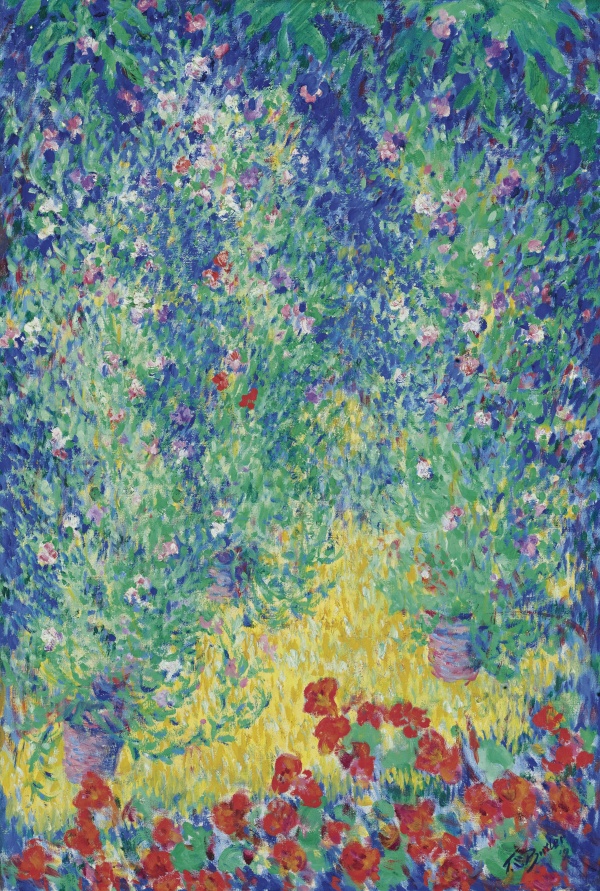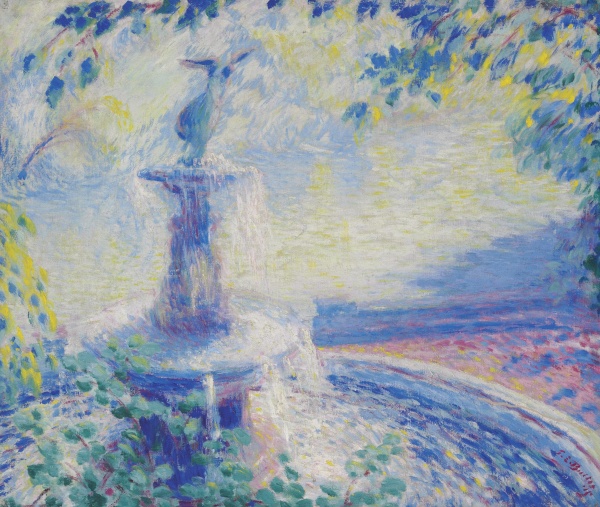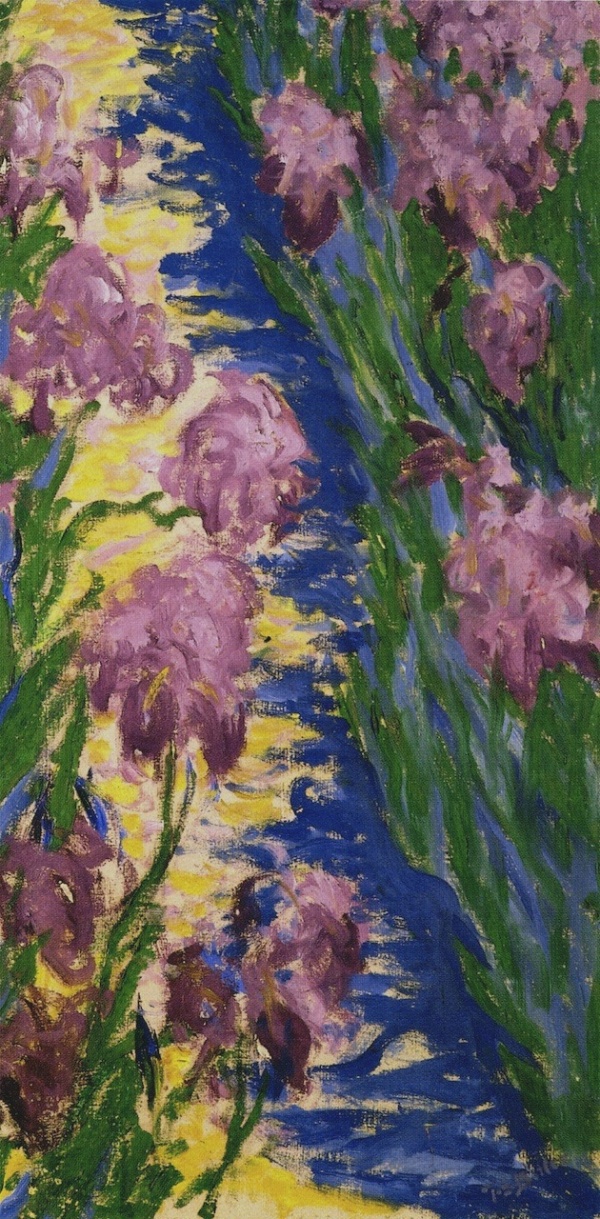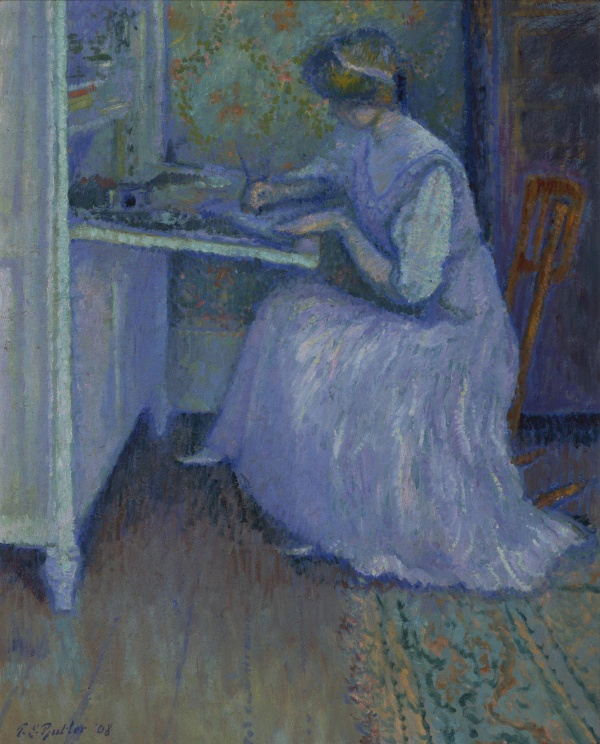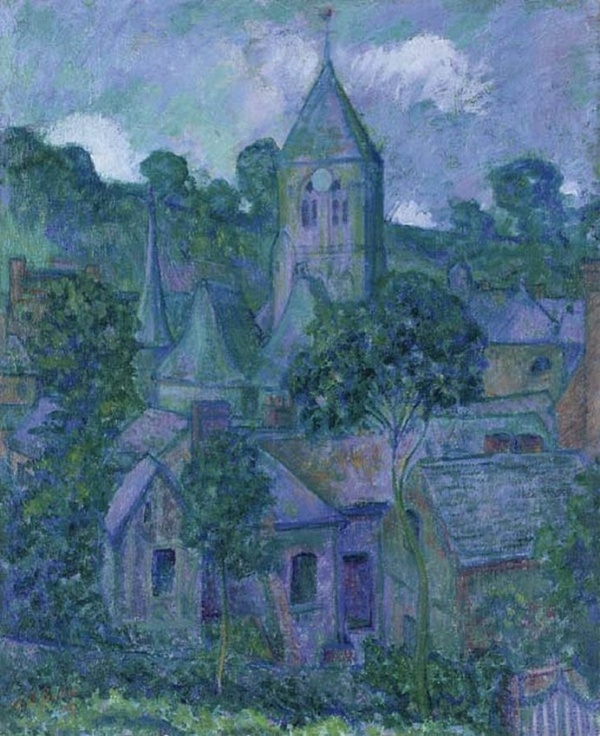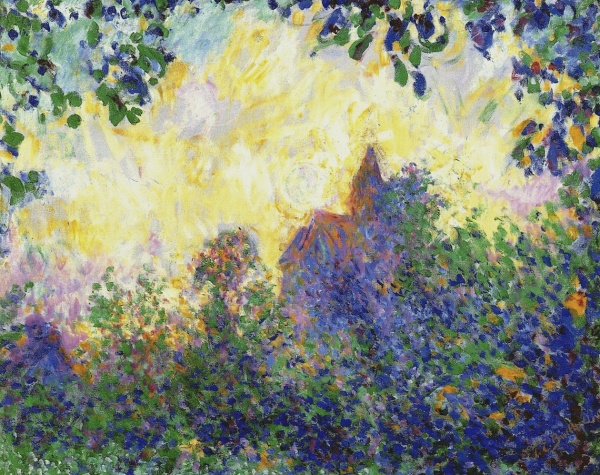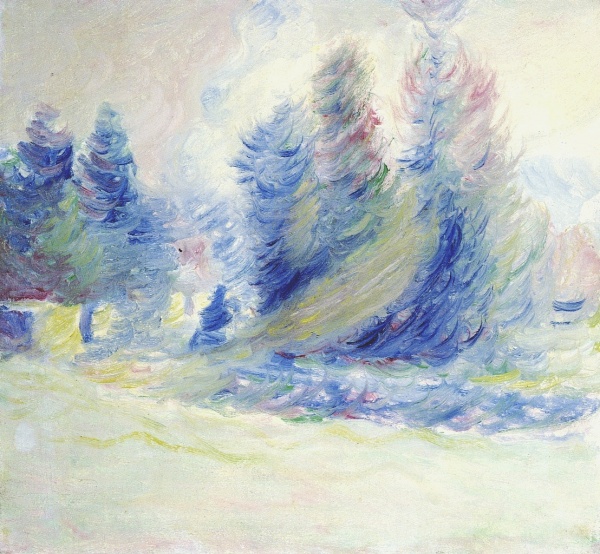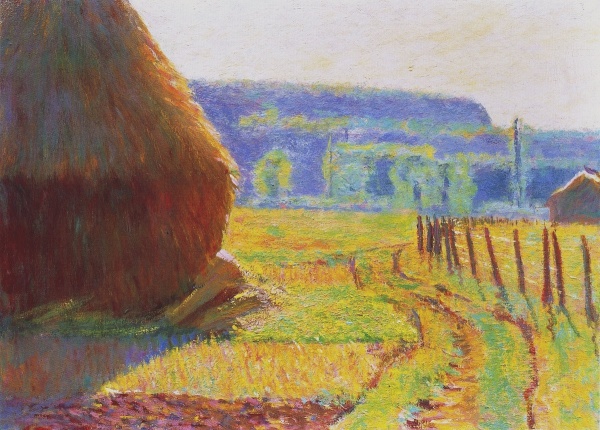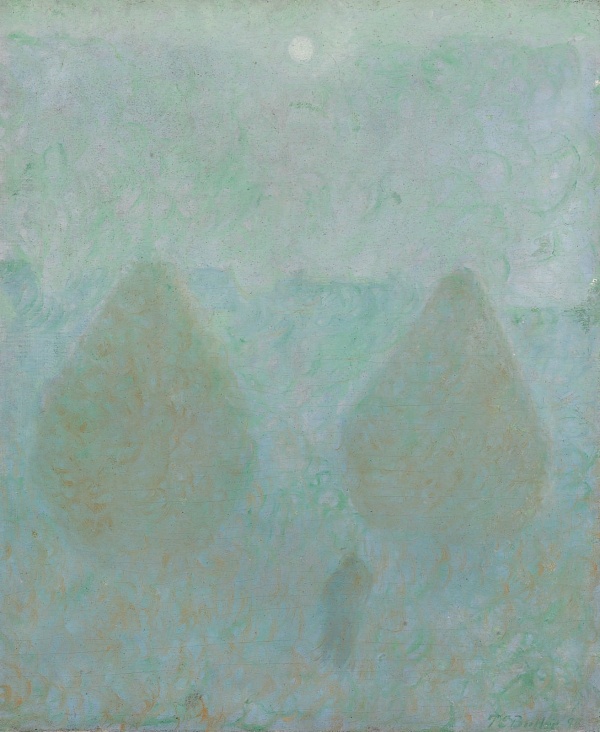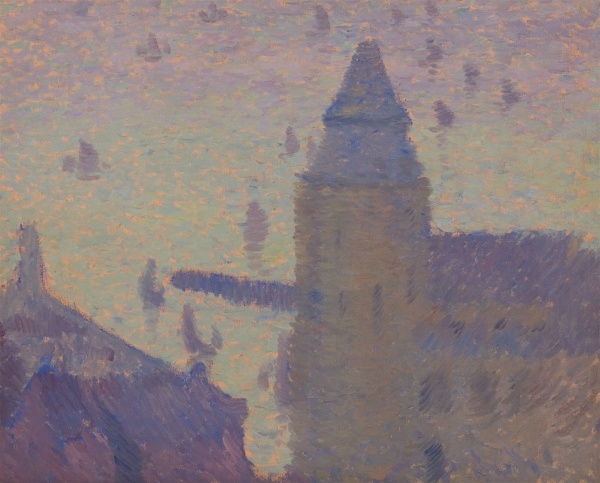Impressionist Theodore Earl Butler (70 photos)
Разрешение картинок от 547x798px до 5149x4041px
Theodore Earl Butler was born in 1861 in Columbus (Ohio), where he began his first artistic explorations, studying at Marietta College, from which he received a diploma in 1882. Butler then went to New York, where he studied at the Art Students League with W.M. Chase in 1884-86. And finally, in search of inspiration and skill, he went overseas - to France.
It was in Paris that Butler, like Hassam, saw with his own eyes the “new painting” and became its adherent. Among other educational institutions, he attended the “cult” Julian Academy, taking lessons from E.K. Durand, who actually predetermined Butler's future life by introducing him to the works of Claude Monet.
Since 1883, Monet himself stayed in the town of Giverny, which thanks to him became a kind of “Mecca” for many, many. According to a study conducted by employees of the American Terra Museum in Giverny at the turn of the 19th-20th centuries. More than 350 artists from 18 countries lived and worked. Among them there were many Americans, such as G.O. Rose, T. Robinson, W.L. Metcalf, L.K. Perry, F.K. Frieseke, E.W. Grisen. But, perhaps, it was Butler who, more than anyone else, was inspired by this place. For he came most closely into contact with the “spiritualizer” of Giverny, the artistic genius of this place - Claude Monet. And he became related to him, as he married his stepdaughter Suzanne Hosched in 1892. Moreover, an amazing fact: Butler became related to Monet twice, because after the death of Suzanne (she died in 1899) he married her sister Martha (in 1900 g.), after which the Butler family (Butler had two children from his first marriage) moved to the States.
In New York, Butler had several solo exhibitions, including at the Gallery of P. Durand-Ruel, who by that time had also expanded his zone of influence among leading gallery owners and crossed the Atlantic Ocean in his business. In New York, Butler became one of the founders of the Society of Independent Artists in 1916. By that time, he already wanted to move back to France, but the First World War prevented this. His plans were destined to come true only in 1921, when he finally returned to Giverny, where he lived until his death in 1936.
Stylistically, Butler’s works continue the classical traditions of impressionism; they bear similarities with Monet (from whom, obviously, he adopted the vibrating style of brushwork) or C. Pissarro. And yet, he (at least in terms of age) could not be a representative of this very “first wave”. He absorbed the ideas of those who came to painting after the Impressionists. Thus, in their coloring, Butler’s works (from the beginning of the twentieth century) are close to the Fauvist perception of color, and from there, perhaps, some decorativeness of execution that he consciously allowed in many paintings. And yet, T. Butler is rightfully considered one of the most prominent representatives of American impressionism.
